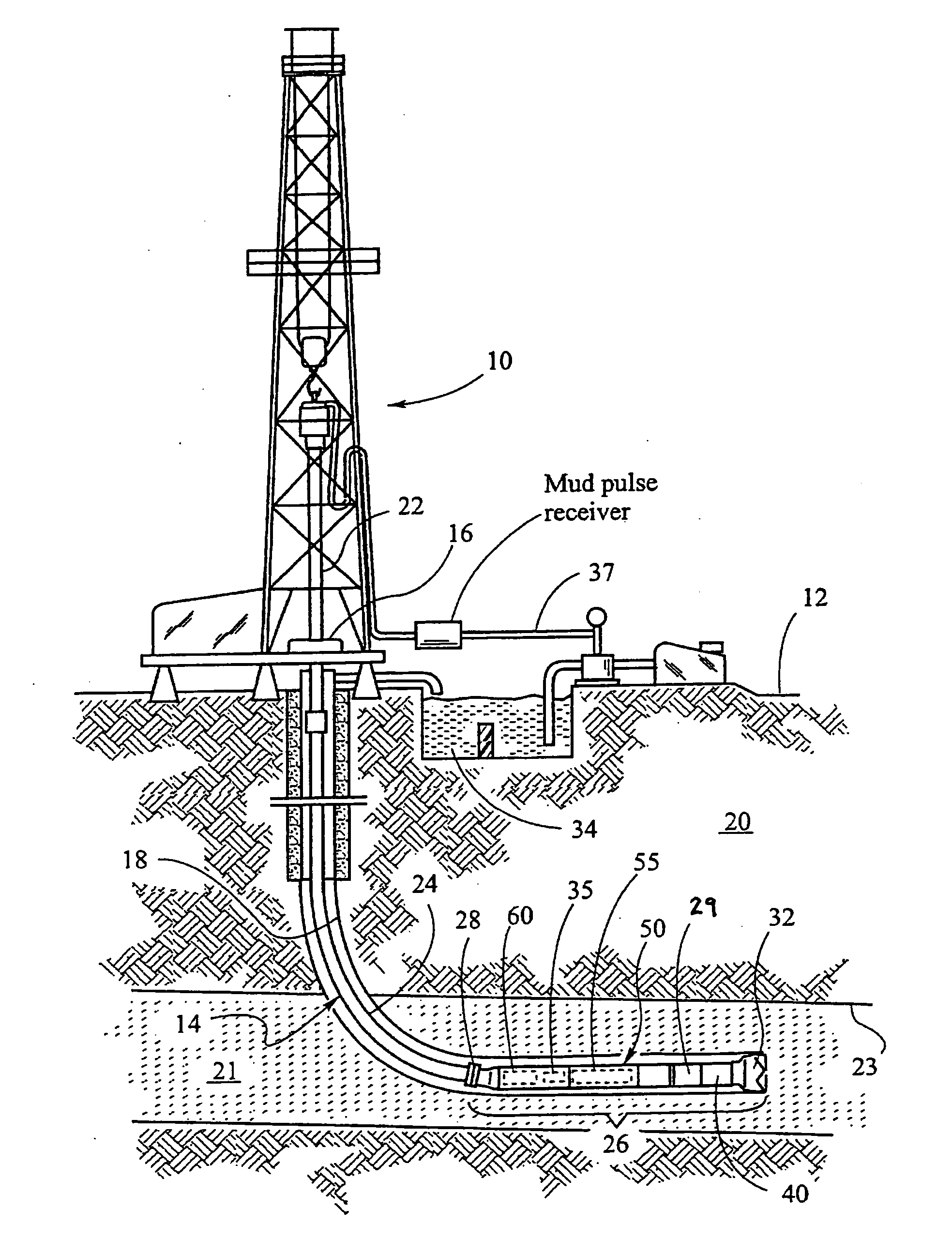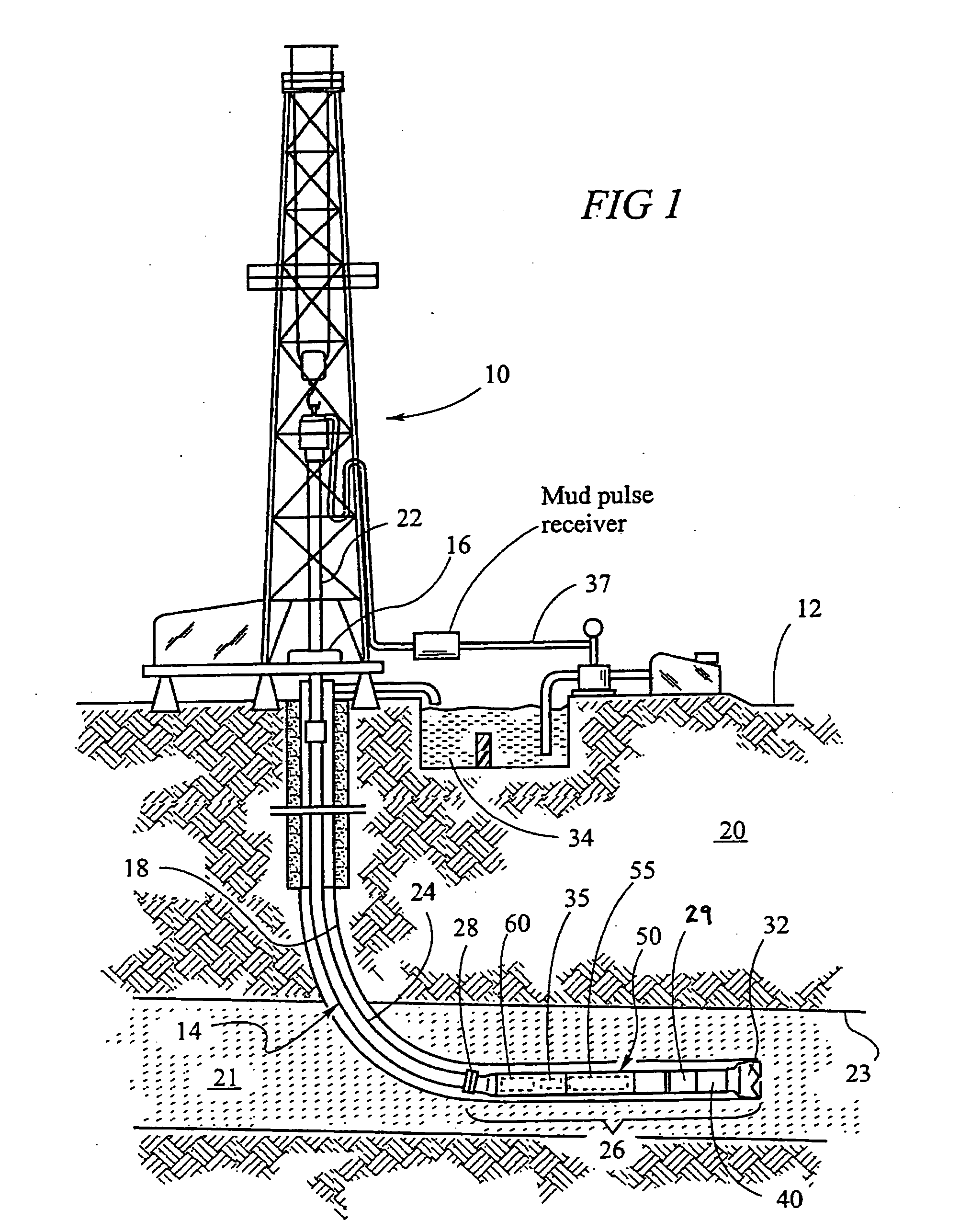Receiver electronics proximate antenna
a technology of receiver electronics and proximal antennas, which is applied in the direction of optical radiation measurement, survey, semiconductor/solid-state device details, etc., can solve the problems of weak analog signals, weak signals at the nano-volt level, and signal quality degradation of waveform signals. , to achieve the effect of reducing the number of proximal antennas
- Summary
- Abstract
- Description
- Claims
- Application Information
AI Technical Summary
Benefits of technology
Problems solved by technology
Method used
Image
Examples
Embodiment Construction
[0032]FIGS. 6A and 6B illustrate a resistivity tool design according to one embodiment of the invention. Referring to FIG. 6A, resistivity tool subassembly 602 is shown. The subassembly 602 is provided with one or more regions 606 of reduced diameter. A wire coil 604 is placed in the region 606 and spaced away from the surface of subassembly 602 by a constant distance. Coils 604 and 608 are transmitter coils and coils 610 and 612 are receiving coils. In operation, transmitter coil 604, 608 transmits an electromagnetic signal which propagates through the wellbore and surrounding formation. Receiver coils 610, 612 detect the electromagnetic signal and transmits it to the controller. A controller 622 may be located remotely from the receiver coils (such as inside a bottom hole assembly) and includes at least a microprocessor. A source of power is also necessary in the system.
[0033] A circuit card 614 may couple to transmitter coil 604 between its terminal ends, circuit card 616 may co...
PUM
 Login to View More
Login to View More Abstract
Description
Claims
Application Information
 Login to View More
Login to View More - R&D
- Intellectual Property
- Life Sciences
- Materials
- Tech Scout
- Unparalleled Data Quality
- Higher Quality Content
- 60% Fewer Hallucinations
Browse by: Latest US Patents, China's latest patents, Technical Efficacy Thesaurus, Application Domain, Technology Topic, Popular Technical Reports.
© 2025 PatSnap. All rights reserved.Legal|Privacy policy|Modern Slavery Act Transparency Statement|Sitemap|About US| Contact US: help@patsnap.com



